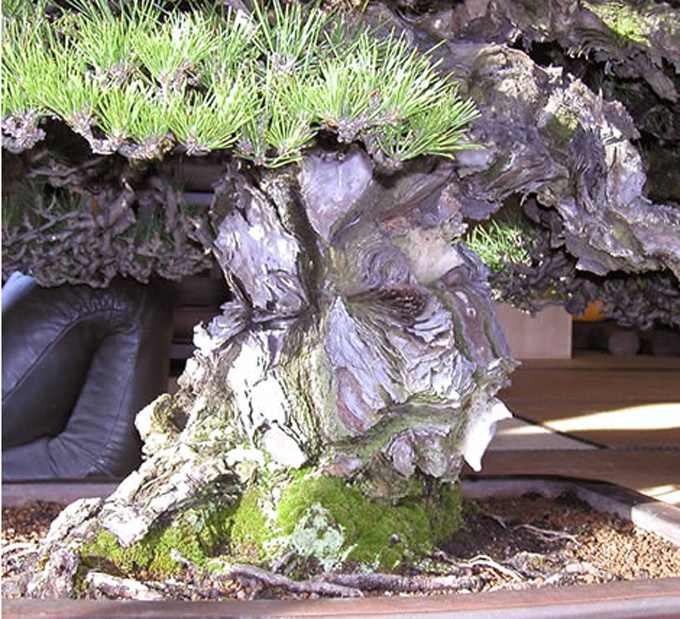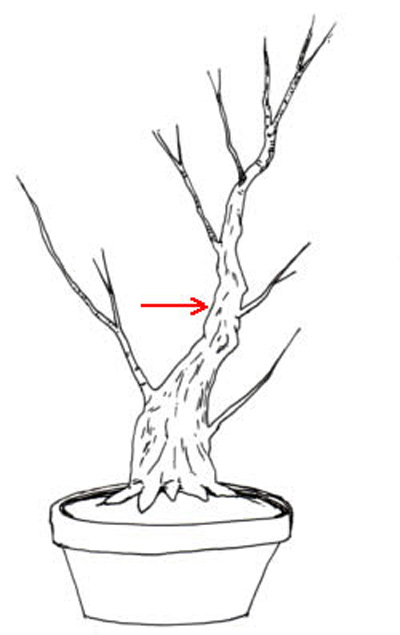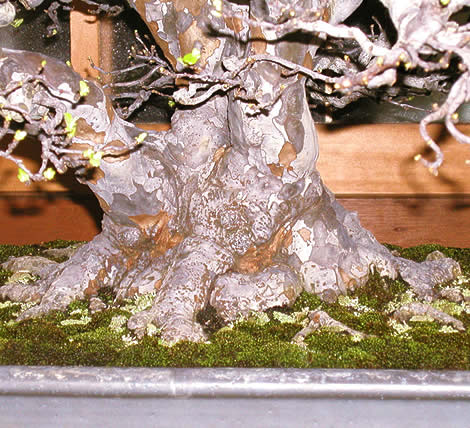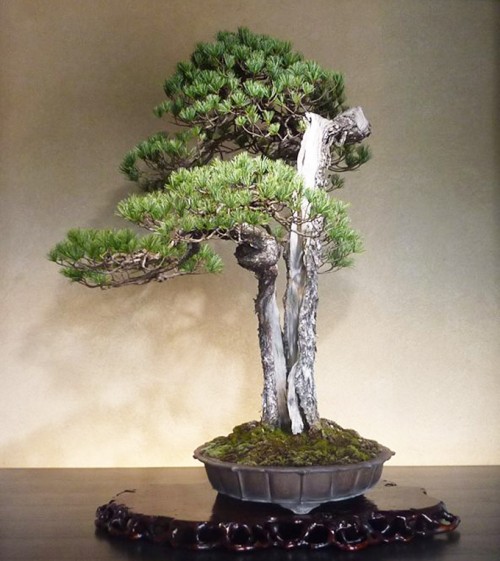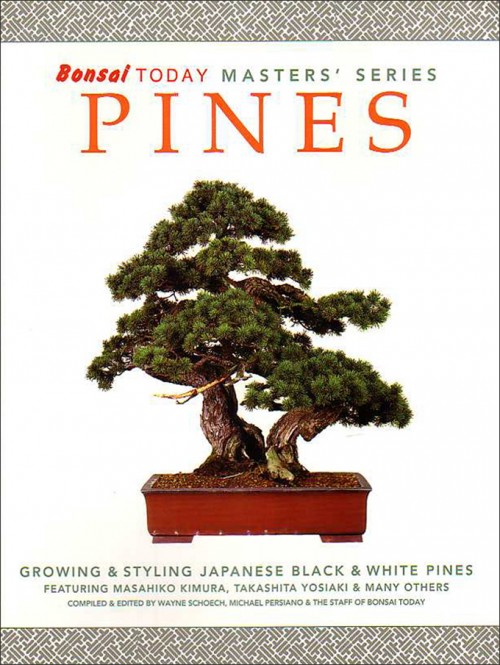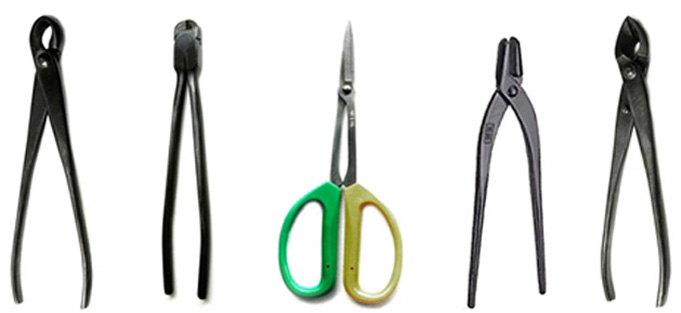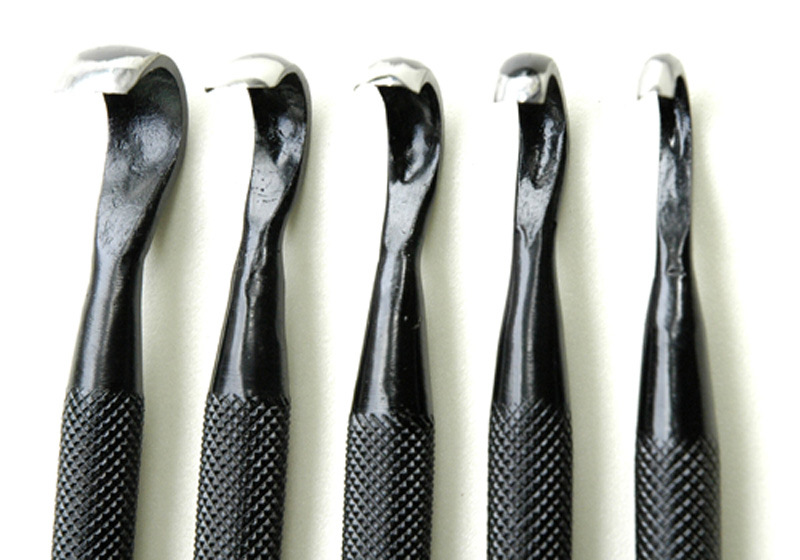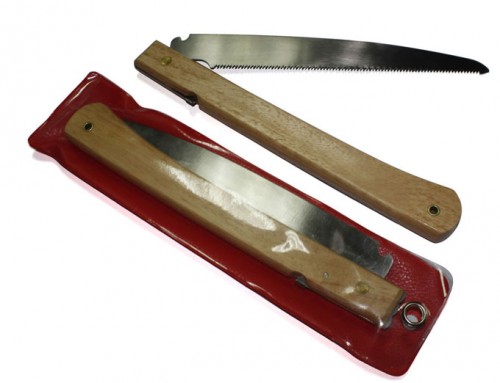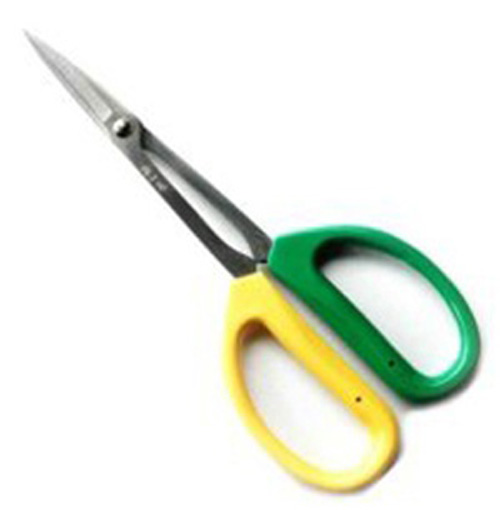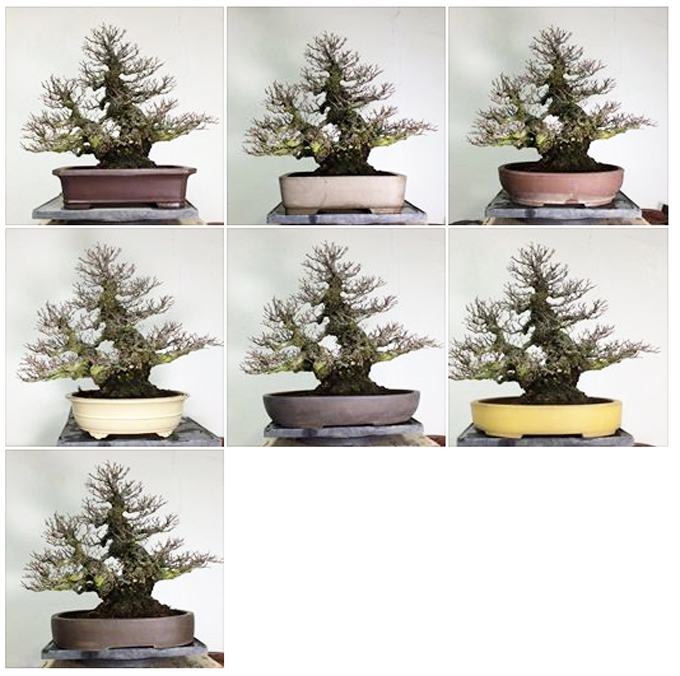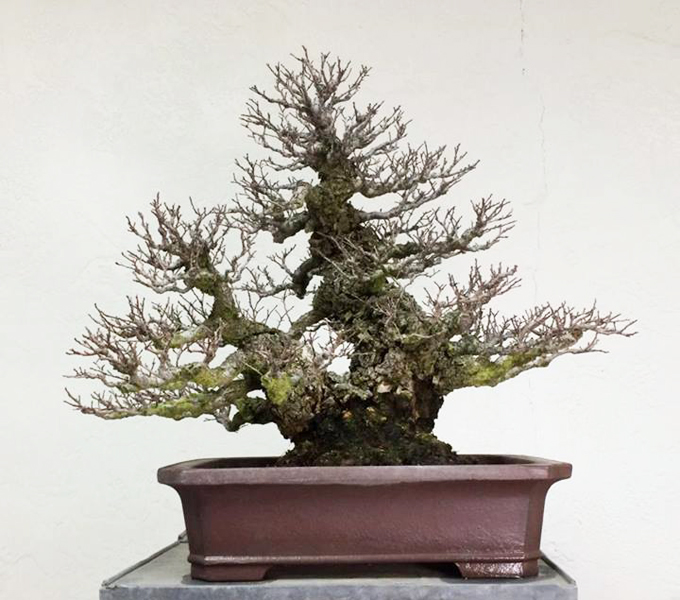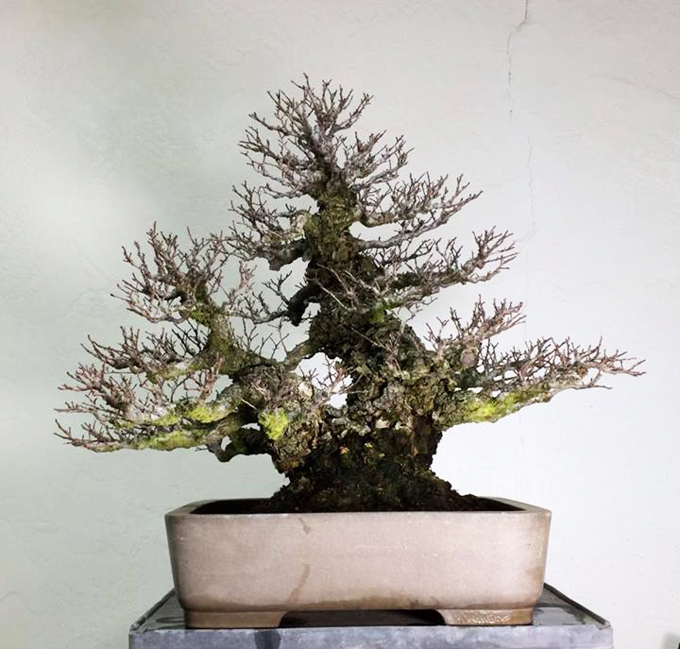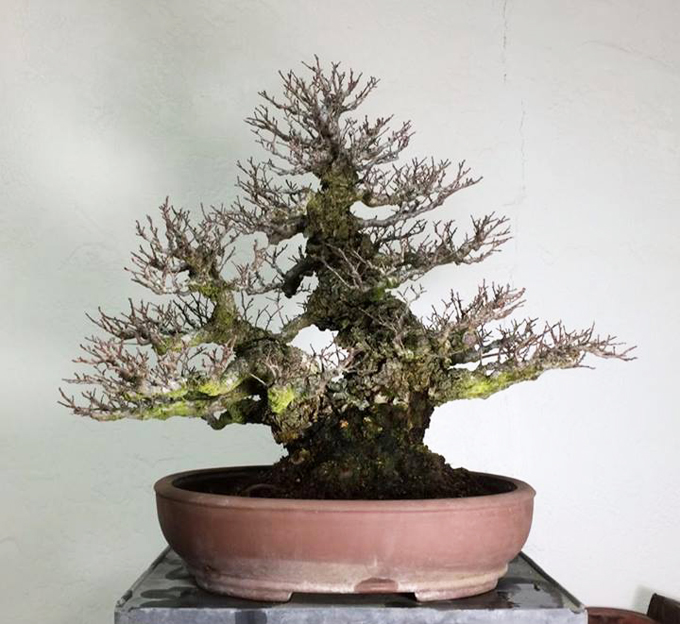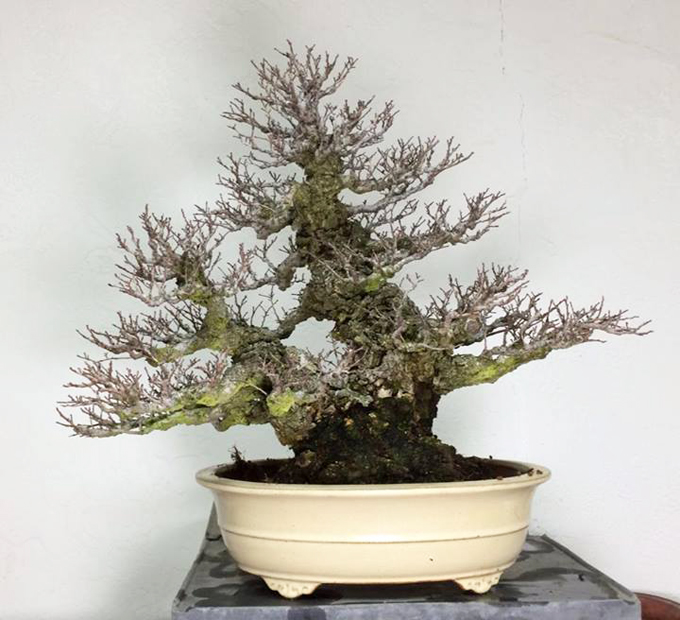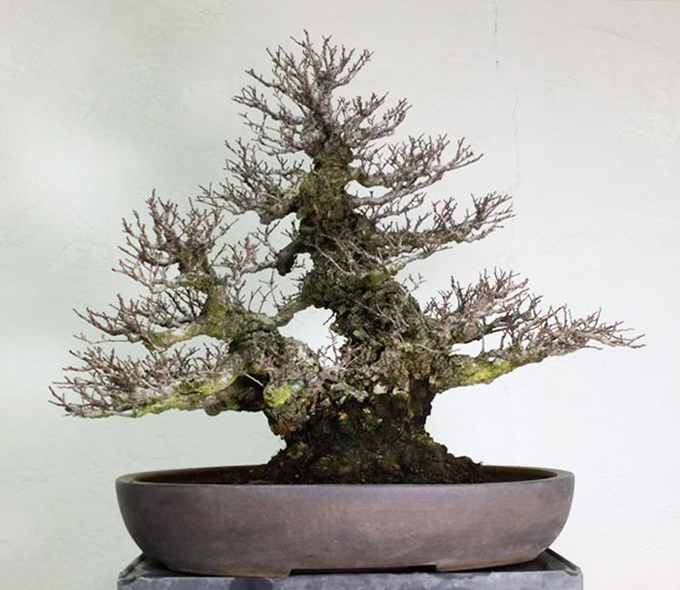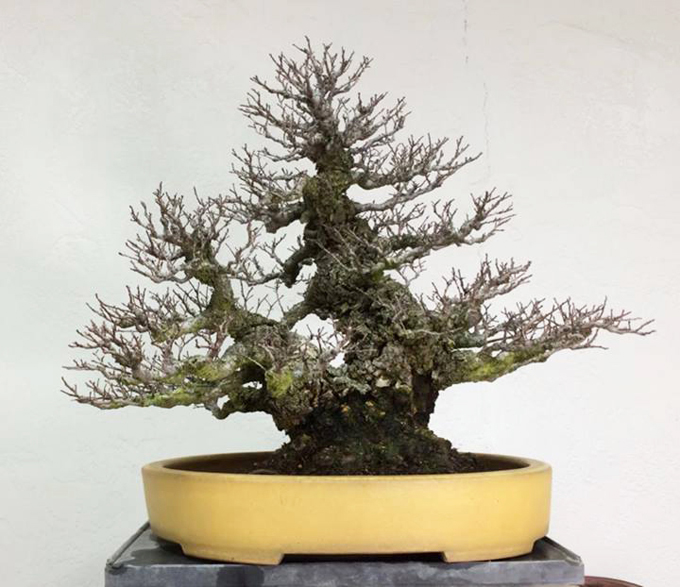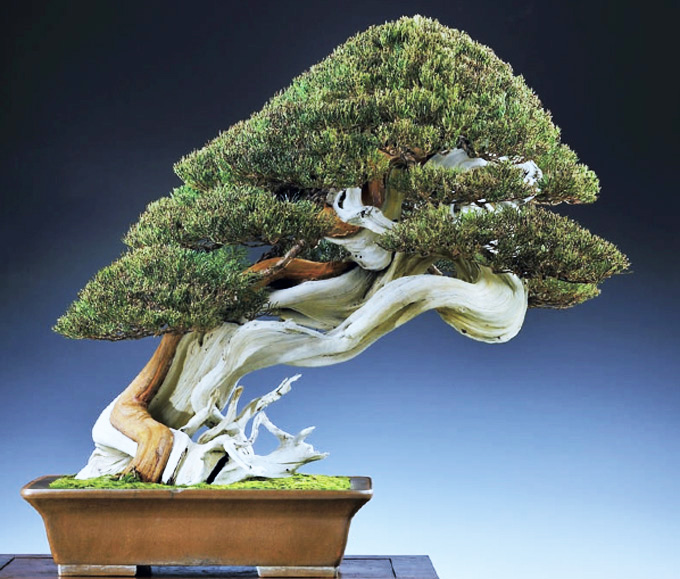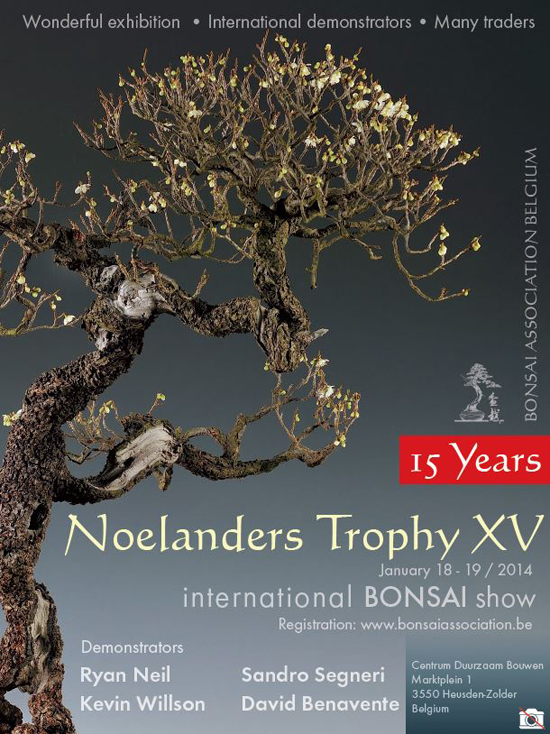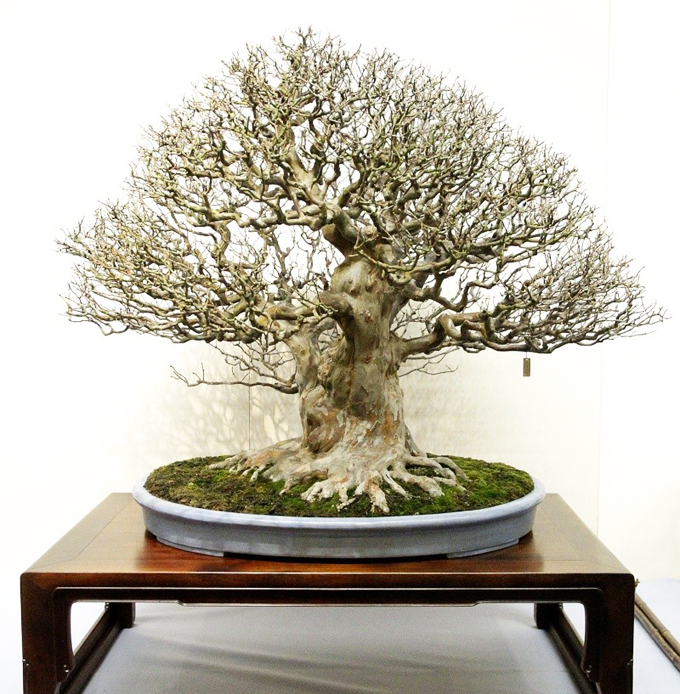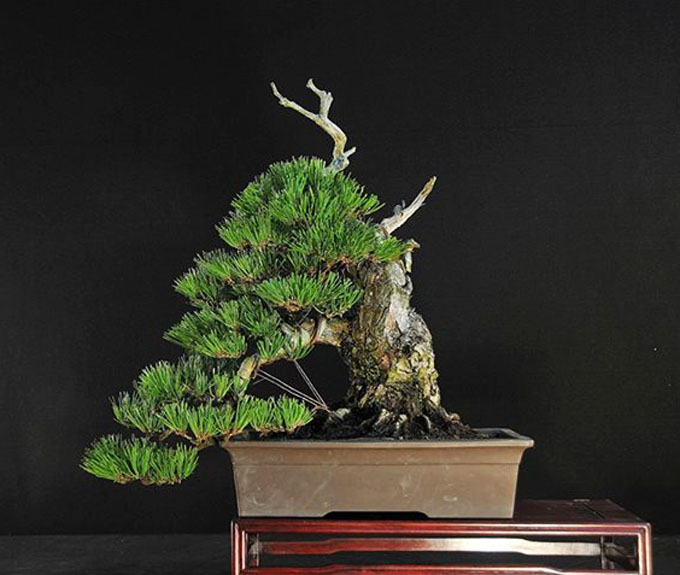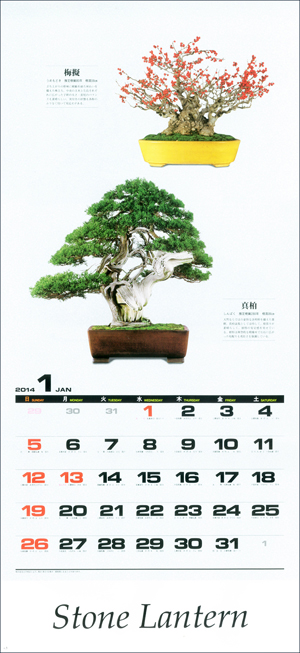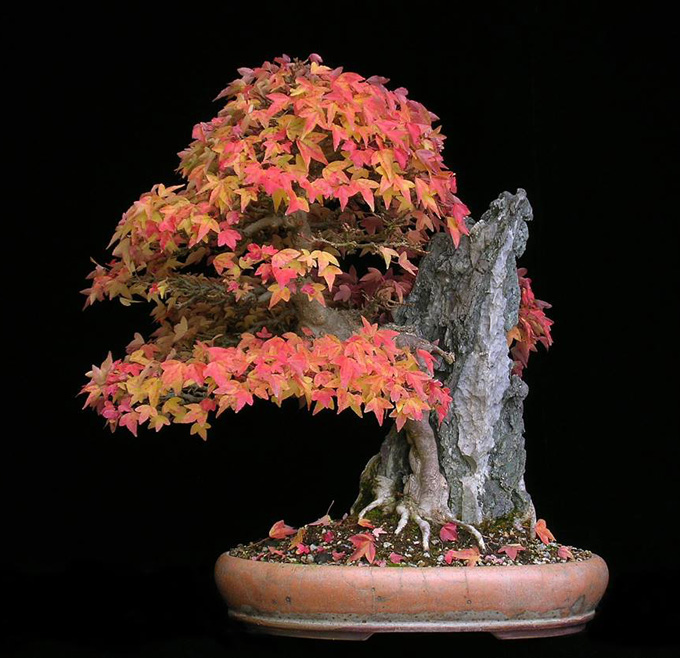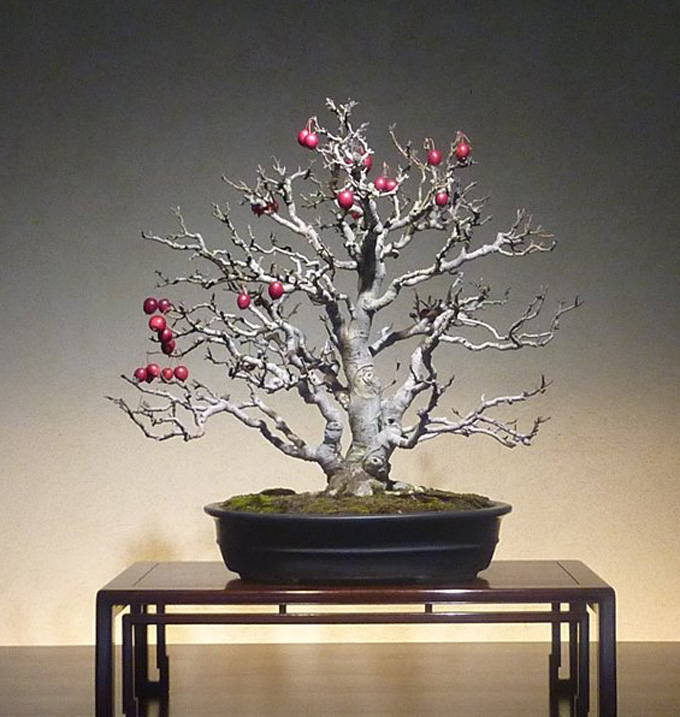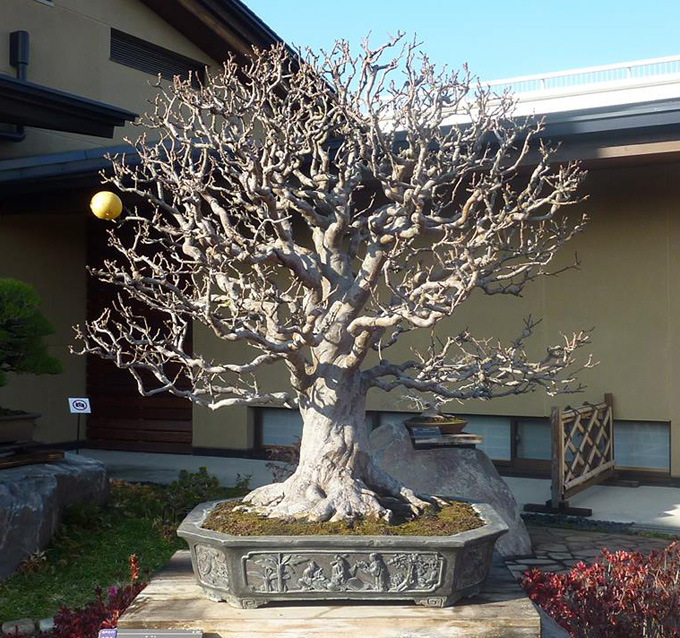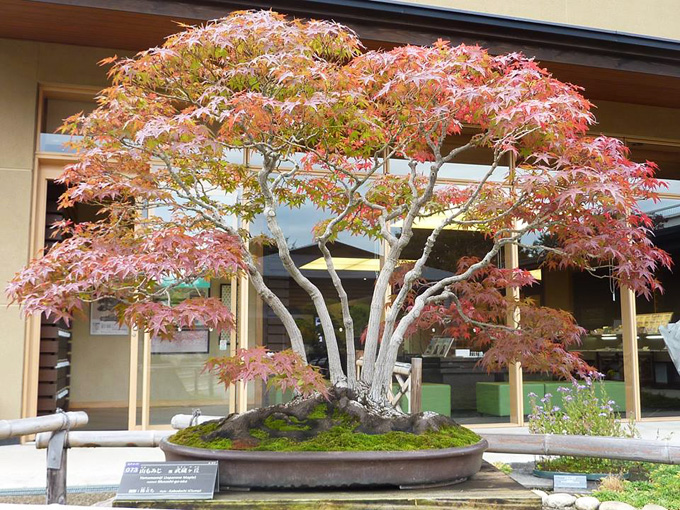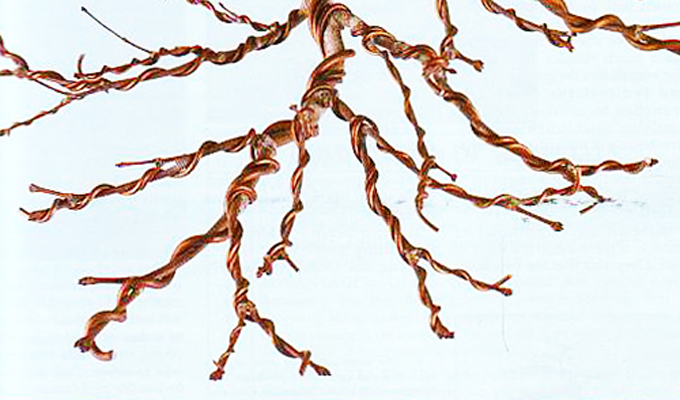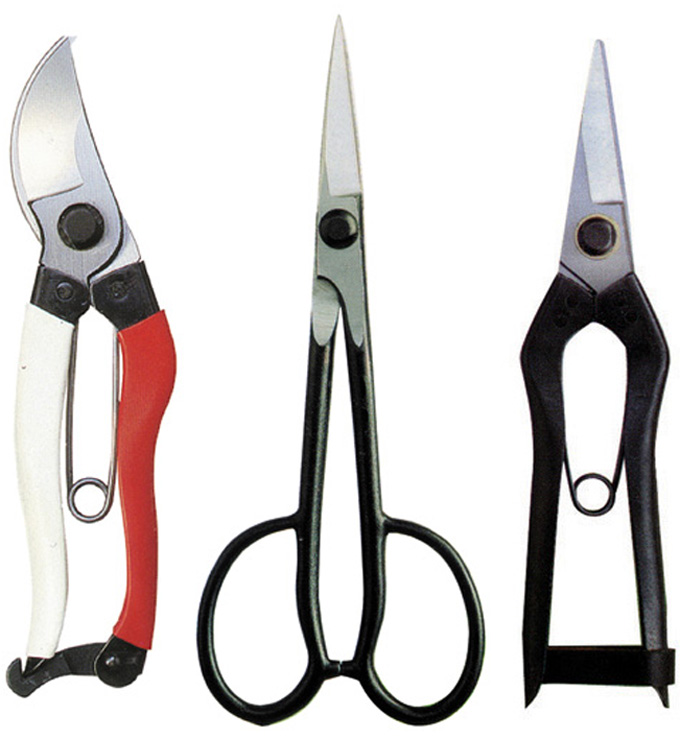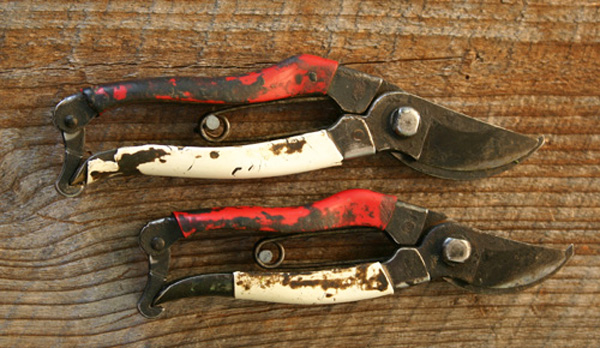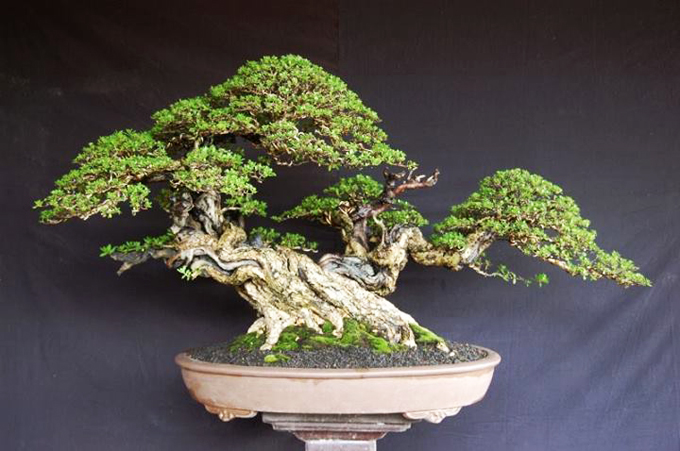 I don’t think there are many trees in our bonsai universe this powerful and that are styled with such precision (and without sacrificing the natural feel). It’s a Ficus by Min Hsuan Lo (Min doesn’t give the variety, but does say there are details in his book, Bonsai Journey). You don’t see many defoliated Ficus either. The absence of leaves allows you to better see the structure and fine branching, both of which are exquisite (in case you didn’t notice). I like the pot too. Its dark reddish-brown helps bring out the texture of the trunk and also highlights the tips of the twigs.
I don’t think there are many trees in our bonsai universe this powerful and that are styled with such precision (and without sacrificing the natural feel). It’s a Ficus by Min Hsuan Lo (Min doesn’t give the variety, but does say there are details in his book, Bonsai Journey). You don’t see many defoliated Ficus either. The absence of leaves allows you to better see the structure and fine branching, both of which are exquisite (in case you didn’t notice). I like the pot too. Its dark reddish-brown helps bring out the texture of the trunk and also highlights the tips of the twigs.
We can’t go too long without visiting the bonsai of Min Hsuan Lo. Min’s artistry results in distinct and intriguing trees that cover a range of types and styles, almost like they come from different places or different eras, rather than the nursery of a single bonsai artist. Anyway, enough said. You can take a look and decide for yourself what it is about Min’s bonsai that makes them so fascinating.
 This Bougainvillea is a case in point. It just doesn’t look like most other bonsai (any other bonsai?).
This Bougainvillea is a case in point. It just doesn’t look like most other bonsai (any other bonsai?).
 Not your everyday bonsai and another case in point. How many trees have you seen that look like this (aside from the fact that we’ve shown it before here on Bark)? It’s a Ficus pedunculosa with what looks like a crop of new leaves. Beyond the tree’s fascinating form, there’s the excellent choice of pots (I won’t state the obvious) with the lovely green moss.
Not your everyday bonsai and another case in point. How many trees have you seen that look like this (aside from the fact that we’ve shown it before here on Bark)? It’s a Ficus pedunculosa with what looks like a crop of new leaves. Beyond the tree’s fascinating form, there’s the excellent choice of pots (I won’t state the obvious) with the lovely green moss.
 Style-wise this Bougainvillea is not so dramatic, even pedestrian, until you notice that it seems to exist just to show off the brilliant flowers. Nice choice of colors on the pot too.
Style-wise this Bougainvillea is not so dramatic, even pedestrian, until you notice that it seems to exist just to show off the brilliant flowers. Nice choice of colors on the pot too.
 So strange and so wonderful and such great ramification. It’s a Clerodendron inerme (Seaside clerodendrum, Embrert, Indian privet, Glorybower), a plant I’m not familiar with (as is the case with thousands of tropical plants). I suspect it’s a variety that’s not used much for bonsai.
So strange and so wonderful and such great ramification. It’s a Clerodendron inerme (Seaside clerodendrum, Embrert, Indian privet, Glorybower), a plant I’m not familiar with (as is the case with thousands of tropical plants). I suspect it’s a variety that’s not used much for bonsai.
 Another strange and wonderful tree. Have you ever seen a Shimpaku that looks like this? Especially with what looks like a flopped over apex (or is it just me?) One thing you can say for sure is that it’s not styled in any mainstream fashion.
Another strange and wonderful tree. Have you ever seen a Shimpaku that looks like this? Especially with what looks like a flopped over apex (or is it just me?) One thing you can say for sure is that it’s not styled in any mainstream fashion.
